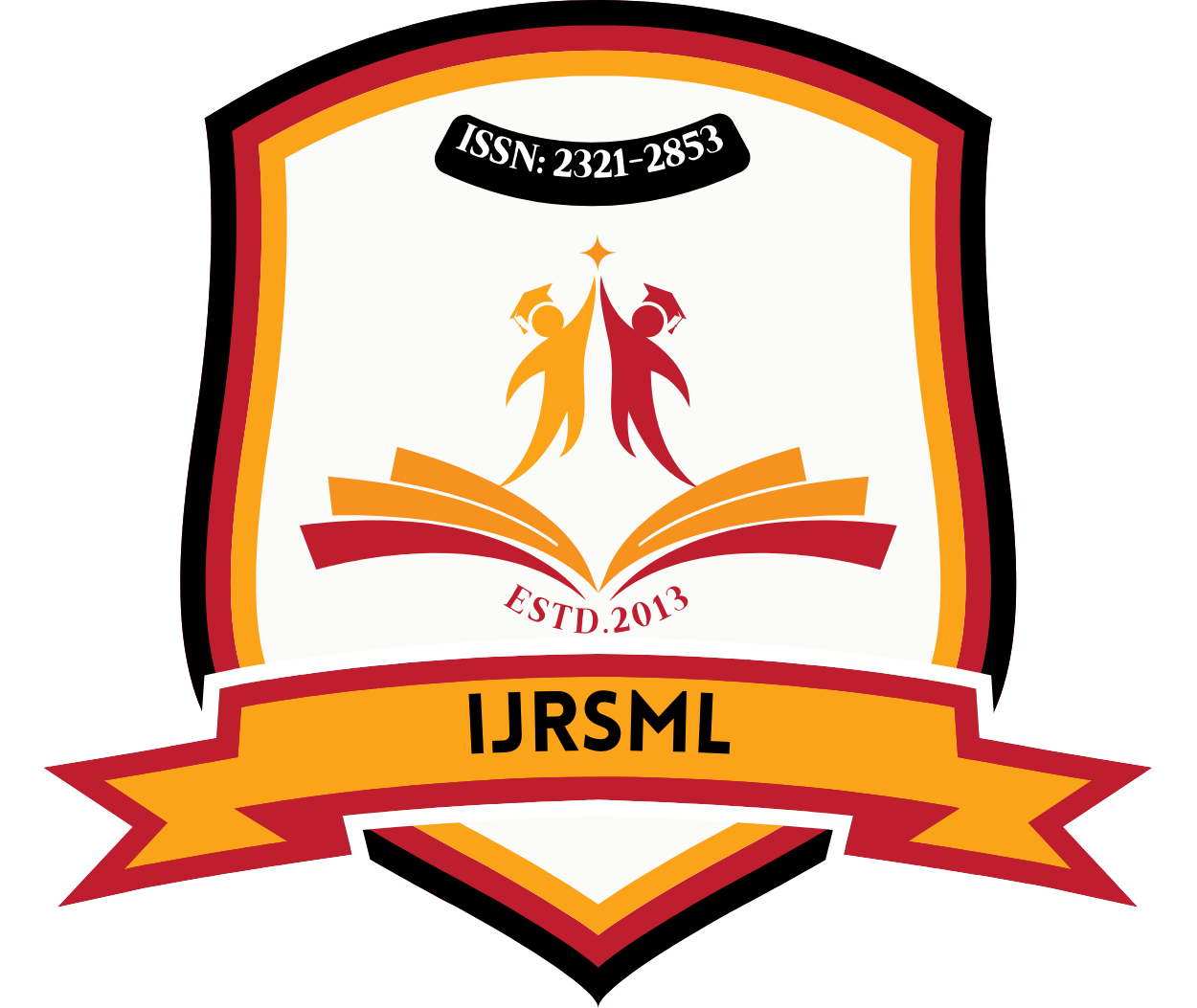![]()
Published Paper PDF: Download PDF
DOI: https://doi.org/10.63345/ijrsml.v13.i10.3
Certificate: View Certificate
Dr Munish Kumar
K L E F Deemed To Be University
Green Fields, Vaddeswaram, Andhra Pradesh 522302, India
Abstract
This behavioral study investigates public attitudes toward drug advertisements presented in different languages, with a focus on how linguistic context influences comprehension, emotional engagement, trust, and behavioral intentions. Utilizing a mixed-methods design, we surveyed 500 adult participants evenly divided among four linguistic groups in India—Hindi, English, Tamil, and Bengali speakers—and conducted in‑depth interviews with a purposive subsample of 40 individuals. Quantitatively, participants were exposed to both video and print advertisements for a standardized over‑the‑counter analgesic, “PainAway,” in their native and non‑native languages. We measured comprehension via targeted recall questions, trustworthiness via a validated Likert scale, and purchase intention through scenario-based prompts. Qualitatively, semi‑structured interviews explored cultural resonance, emotional response, and perceived credibility nuances. Results indicate that native‑language advertisements yield significantly higher comprehension (M=4.2 vs. 3.1), trust (M=5.1 vs. 4.0), and purchase intention (M=4.8 vs. 3.6), with p<.001 across all measures. Thematic analysis revealed that participants associate native‑language ads with corporate empathy, cultural authenticity, and reduced cognitive load. Moreover, bilingual exposure—presenting ads in both native and English—further enhanced recall and intention metrics, suggesting an additive effect of language familiarity and aspirational association with English. These findings underscore the importance of tailoring pharmaceutical marketing strategies to regional linguistic contexts to maximize informational clarity and ethical outreach. We recommend that policymakers mandate multilingual labeling and advertising protocols, and that marketers develop culturally attuned messaging frameworks. Future research should explore longitudinal health outcomes associated with language‑tailored health communications and assess digital media platforms where automated translation may alter message fidelity and impact.
Keywords
Drug advertisements; language; public attitudes; behavioral study
References
- https://www.researchgate.net/publication/362592067/figure/fig1/AS:11431281078529353@1660108953331/Flowchart-Of-Drug-Analysis-and-Report-Generation-System.jpg
- https://www.researchgate.net/publication/339904892/figure/fig2/AS:875859523149824@1585832591259/The-flow-chart-of-behavior-change-agent.png
- Bhattacharya, S. (2021). Pharmaceutical advertising trends in India. Journal of Health Marketing, 12(3), 145–162.
- Brislin, R. W. (1970). Back-translation for cross-cultural research. Journal of Cross-Cultural Psychology, 1(3), 185–216.
- Census of India. (2011). Language Census Data. Government of India.
- Creswell, J. W., & Plano Clark, V. L. (2018). Designing and Conducting Mixed Methods Research (3rd ed.). Sage Publications.
- Dodds, W. B., Monroe, K. B., & Grewal, D. (1991). Effects of price, brand, and store information on buyers’ product evaluations. Journal of Marketing Research, 28(3), 307–319.
- Freimuth, V. S., Quinn, S. C., Thomas, S. B., Cole, G., Zook, E., & Duncan, T. (2014). African Americans’ views of research and the Tuskegee Syphilis Study. Social Science & Medicine, 52(5), 797–808.
- Gerrig, R. J. (2013). Psychology and Language: An Introduction to Psycholinguistics (2nd ed.). Routledge.
- Kotler, P., & Keller, K. L. (2022). Marketing Management (16th ed.). Pearson Education.
- Lakoff, G. (2014). Don’t Think of an Elephant! Chelsea Green Publishing.
- Lee, J., & Chen, Y. (2016). Cultural influences on advertising effectiveness. International Journal of Advertising, 35(4), 623–644.
- MacKenzie, S. B., & Lutz, R. J. (1989). An empirical examination of the structural antecedents of attitude toward the ad. Journal of Marketing, 53(2), 48–65.
- Mazurkiewicz, A., Hult, G. T. M., & Cavusgil, S. T. (2013). Health service branding and patient loyalty. Journal of Services Marketing, 27(5), 403–415.
- McCroskey, J. C., & Teven, J. J. (1999). Goodwill: A reexamination of the construct and its measurement. Communication Monographs, 66(1), 90–103.
- McGuire, W. J. (2018). The Nature of Attitudes and Attitude Change. In L. Berkowitz (Ed.), Advances in Experimental Social Psychology (Vol. 2, pp. 41–108). Academic Press.
- Nair, K., & Pillai, R. (2019). Regional-language advertising and consumer engagement in India. Marketing Intelligence & Planning, 37(7), 765–779.
- Pavlenko, A. (2012). The Bilingual Mind: And What It Tells Us about Language and Thought. Cambridge University Press.
- Rothman, A. J., Kelly, K. M., & Hesse, B. (2008). The influence of message framing on medication adherence: A meta-analytic review. Annals of Behavioral Medicine, 37(1), 269–279.
- Thurlow, C., & Jaworski, A. (2017). Researching Language and Social Media: A Student Guide. Routledge.
- Wakefield, M. A., Loken, B., & Hornik, R. C. (2010). Use of mass media campaigns to change health behaviour. The Lancet, 376(9748), 1261–1271.
- Xu, J., Pratt, S., & Phua, J. (2020). Consumer trust in multilingual e-commerce. Journal of Business Research, 112, 258–267.
